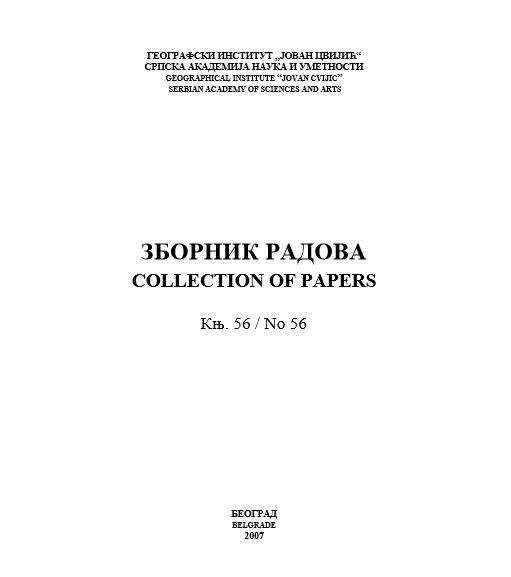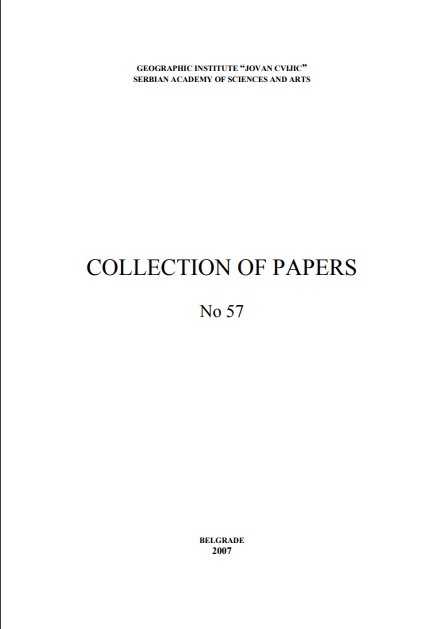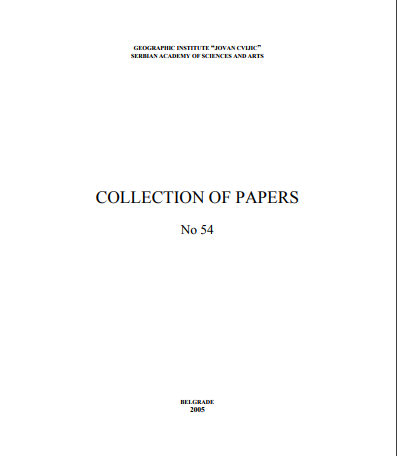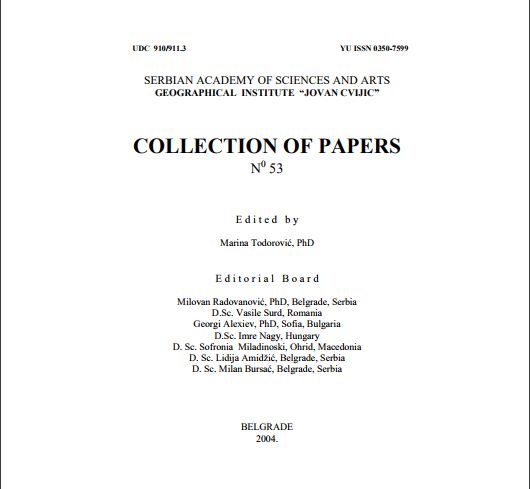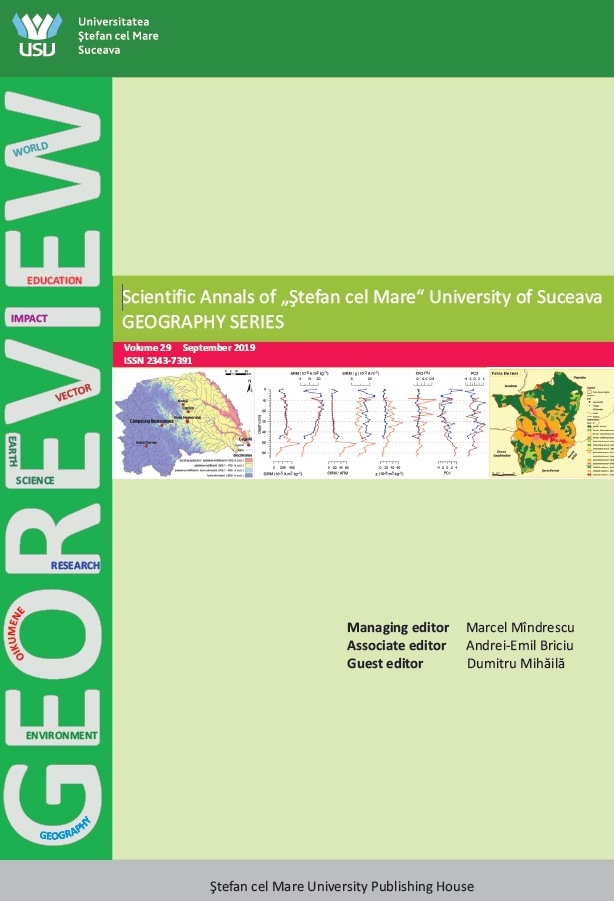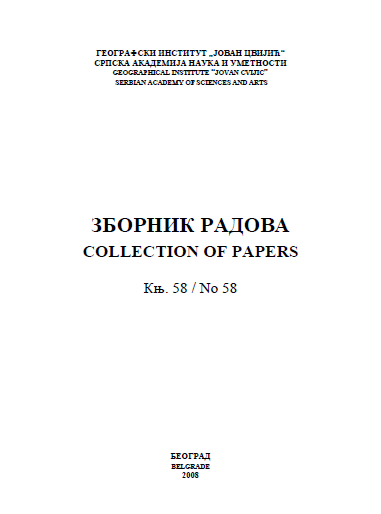
ХИДРОЛОШКА АНАЛИЗА ВОДОТОКА У СЛИВУ СКРАПЕЖА
Reasons for lack of hydrological studies in mountainous regions are: absence of hydrological measurements and the fact that measurements were not continuous. However, as mentioned areas are basic sources of fresh, unpolluted and useful water, itis necessary to carry out water regime researches and continuous measurements. Surface amount of water in Skrapež river bed was analyzed, as well as its regime and water balance. Water management problems were pointed out as well. This paper discusses problems connected to decreasing of water amount in the last 20 years of analyzed period, variations of discharge, threats to economy in periods of both low and highwater, and also points out the torrential character of the river. The possibilities of waterusage from previously unstudied Skrapež sub basins are pointed out as well. Research and utilization of these sub basins provided that high water quality is preserved, would lead to high level of solving the problems of water supply, irrigation and torrential rivers.
More...
